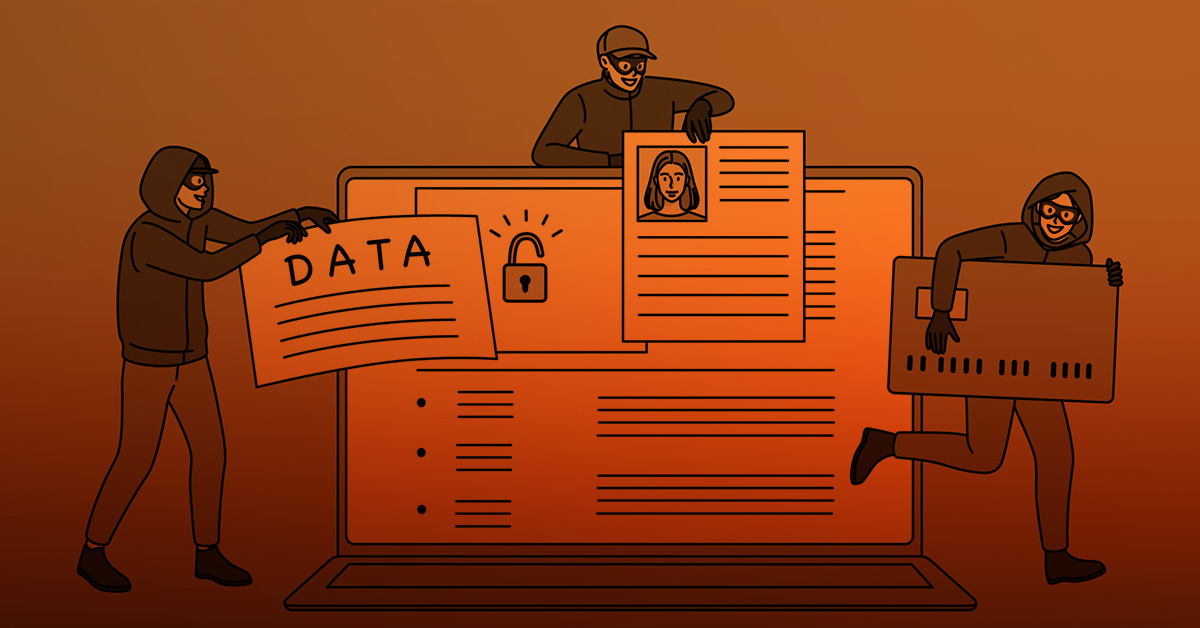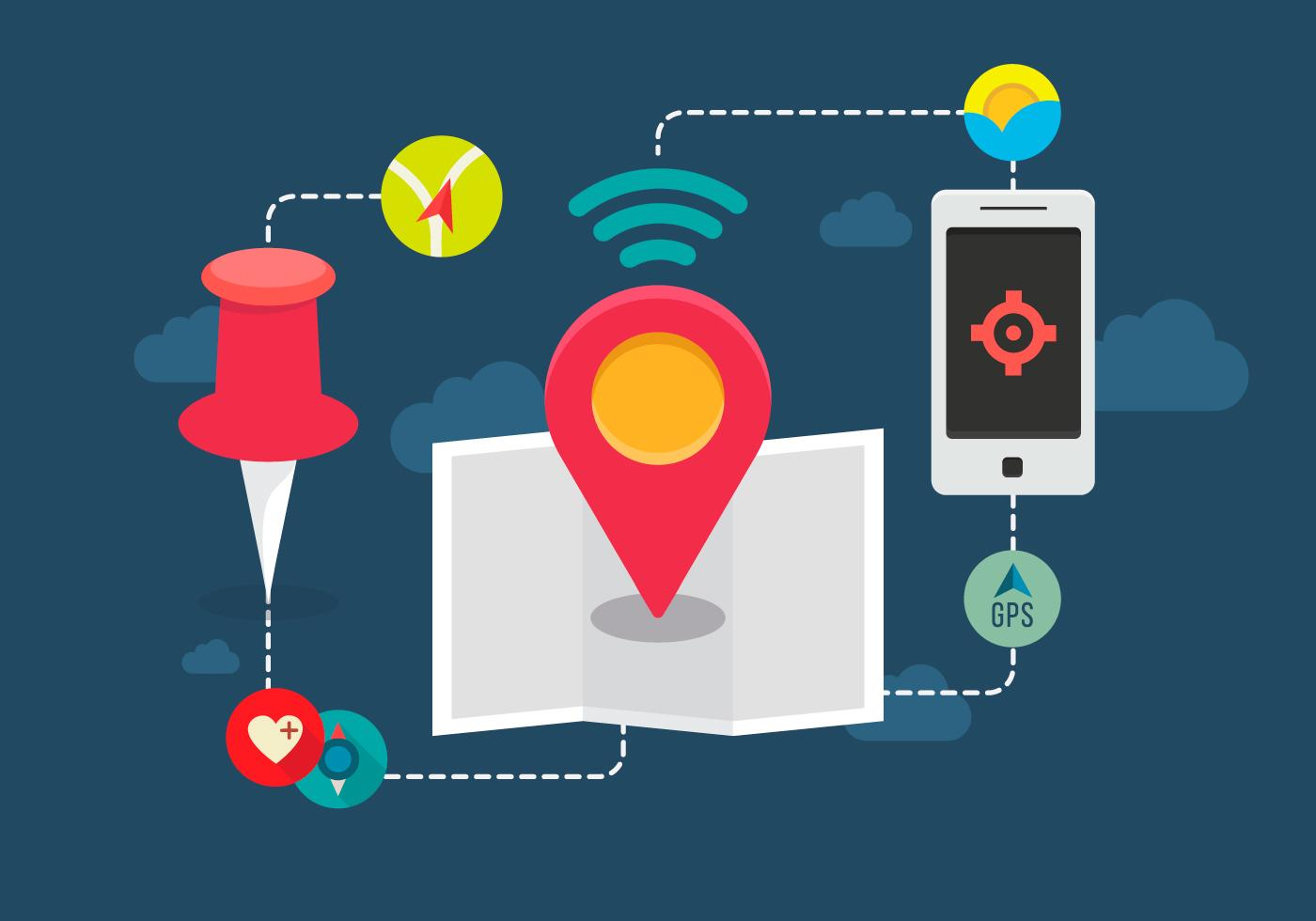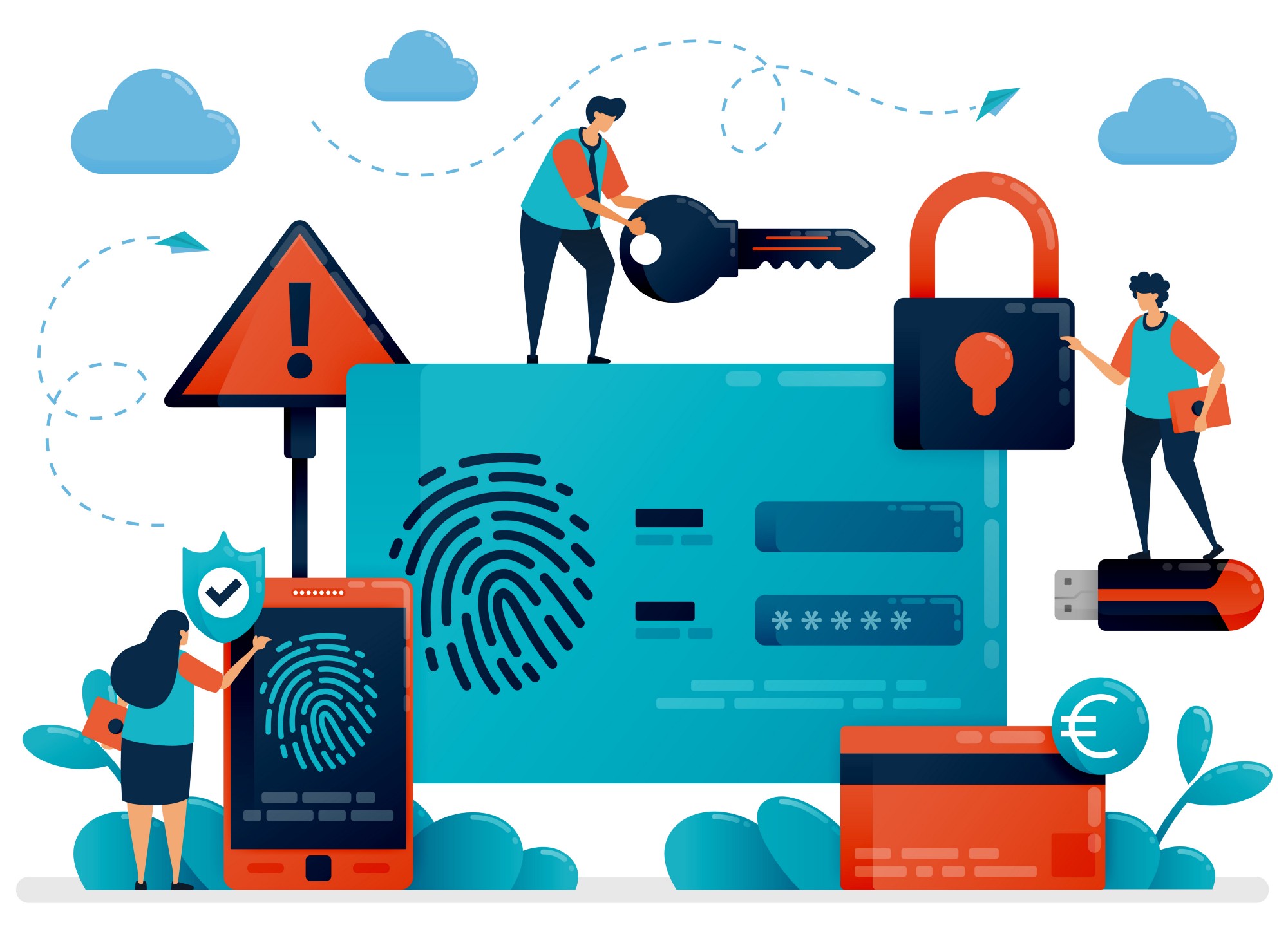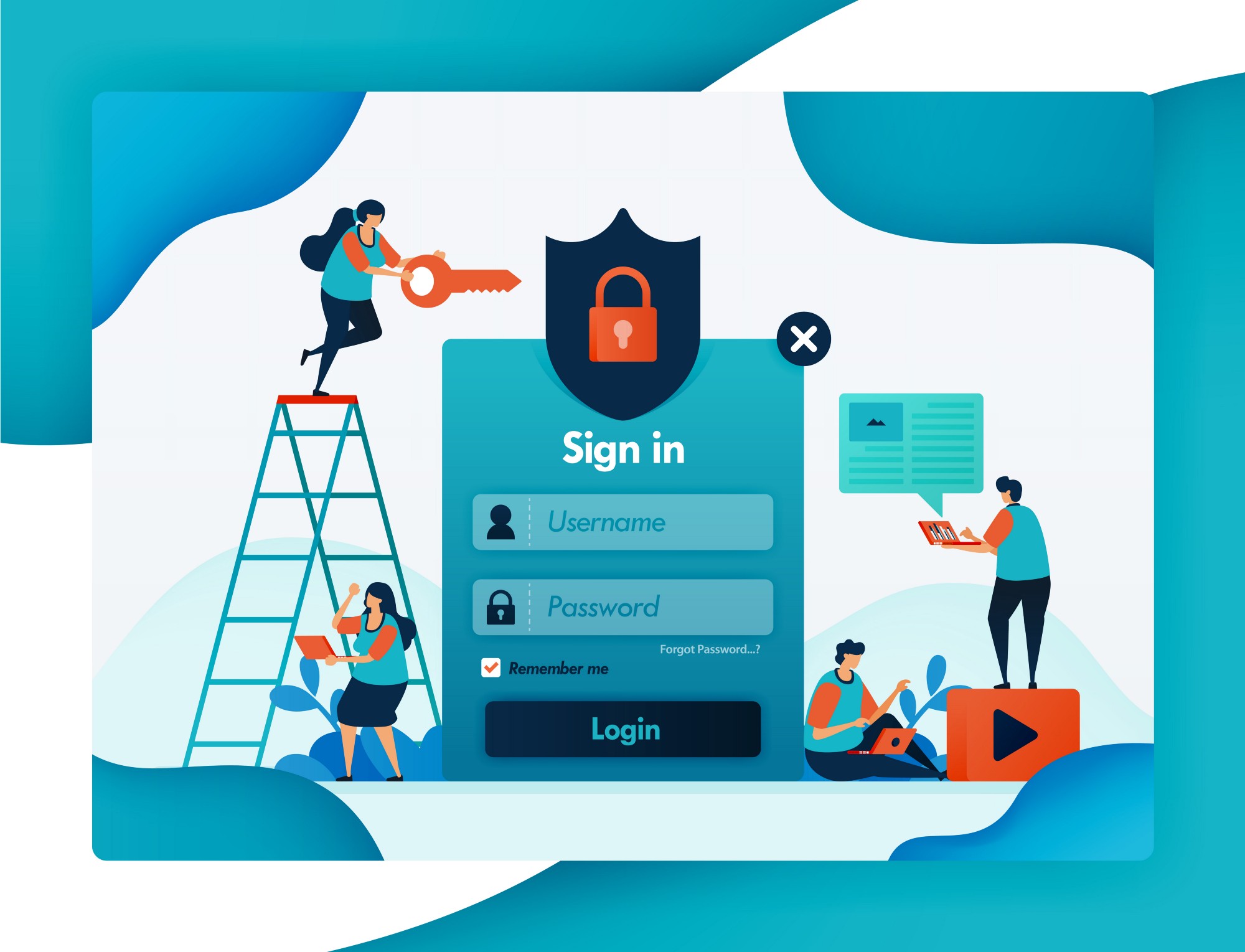The Trusted User Experience: A Day in the Life
What does the Deduce Identity Network look like in action?
What does the Deduce Identity Network look like in action?
In our previous blog posts we’ve discussed the value of identity intelligence, how data poverty can mix up risk signals, and shown how the Deduce Identity Network can enable a trusted user experience.
But what does our network of 500 million user profiles and 1.4 billion daily online activities actually look like in action?
To help illustrate how Deduce’s trust signals can significantly improve the user experience—and prevent the churn that CEOs loathe—here is a day in the life of a trusted user identity on our network.
Uber—8:17 a.m.
Meet Tom. Tom is a Deduce trusted identity. We don’t know his name is Tom (Deduce defines a profile via email, device, geo, and activity), but we know he won’t be launching a credential stuffing attack any time soon.
It’s a typical work day for Tom, and Deduce’s Familiar Time of Day signal is already pointing to trust. Tom is waiting for an Uber, standing on the curb in front of his house—a new house he and his wife moved into a few weeks ago. The Uber arrives. Tom buttons his blazer, tightens his half-Windsor knot, and heads to the office.
A few minutes later, when Tom decides to check emails on his phone, he realizes the email client logged him out and he can’t remember the right password combination. Given his change of residence, Tom’s new commute path to the office could trigger an MFA (multi-factor authentication) challenge; fortunately, Deduce’s IP Address and Time of Day trust signals identify Tom as a non-malicious user and increase his allotted number of password attempts. He’s in!
Uber—8:50 a.m.
Roughly 30 minutes after boarding the Uber, Tom remembers that his wife asked him to buy plane tickets for a spontaneous Vegas trip next weekend.
Tim is only a few minutes from his office and the ticketing app with the best deal isn’t installed on his phone. Even with just a few weeks of data, Deduce’s Time of Day/Day of Week trust signals—coupled with intel from multiple cell towers—recognize Tom is commuting and expedite the account creation and verification process.
Tom acquires the last-minute tickets with time to spare.
Office—9:27 a.m.
Tom grabs his morning joe and walks to his desk. After texting his wife that they’ll soon be swimming in daiquiris and poker chips, he logs into his office computer and checks his calendar.
Uh oh. A video meeting in three minutes AND it’s on a video conferencing platform he’s never heard of?
No worries. Tom downloads and installs the software then quickly creates an account without having to verify via OTP (one-time passcode). Deduce’s recognition that Tom is actually Tom—it recognizes the IP address and device ID of his work computer at the right time of day—allows him to enter the meeting right on the dot.
Home—6:48 p.m.
Tom and his wife get home from work. They’ve hardly unpacked since moving and navigating the labyrinth of boxes in the kitchen to use the stovetop is unrealistic. Pizza it is.
Tom’s phone is dead, so he grabs his wife’s tablet. He downloads a food delivery app—the same one installed on his phone—and logs in to order their favorite: a medium Hawaiian with extra pineapple.
A user logging in on a new device might trigger an MFA under normal circumstances, but Deduce knows Trusted Tom is accessing the app from his residence on a new, albeit still familiar, network. Deduce also identifies the device ID of the tablet, as Tom’s wife has used it on the network before.
The pineapple-on-pizza debate is contentious, but we can all agree that friction has no place in the user experience.
Want to steer clear of friction and churn? Contact us today to find out how you can treat your customers like trusted users, not bad actors









